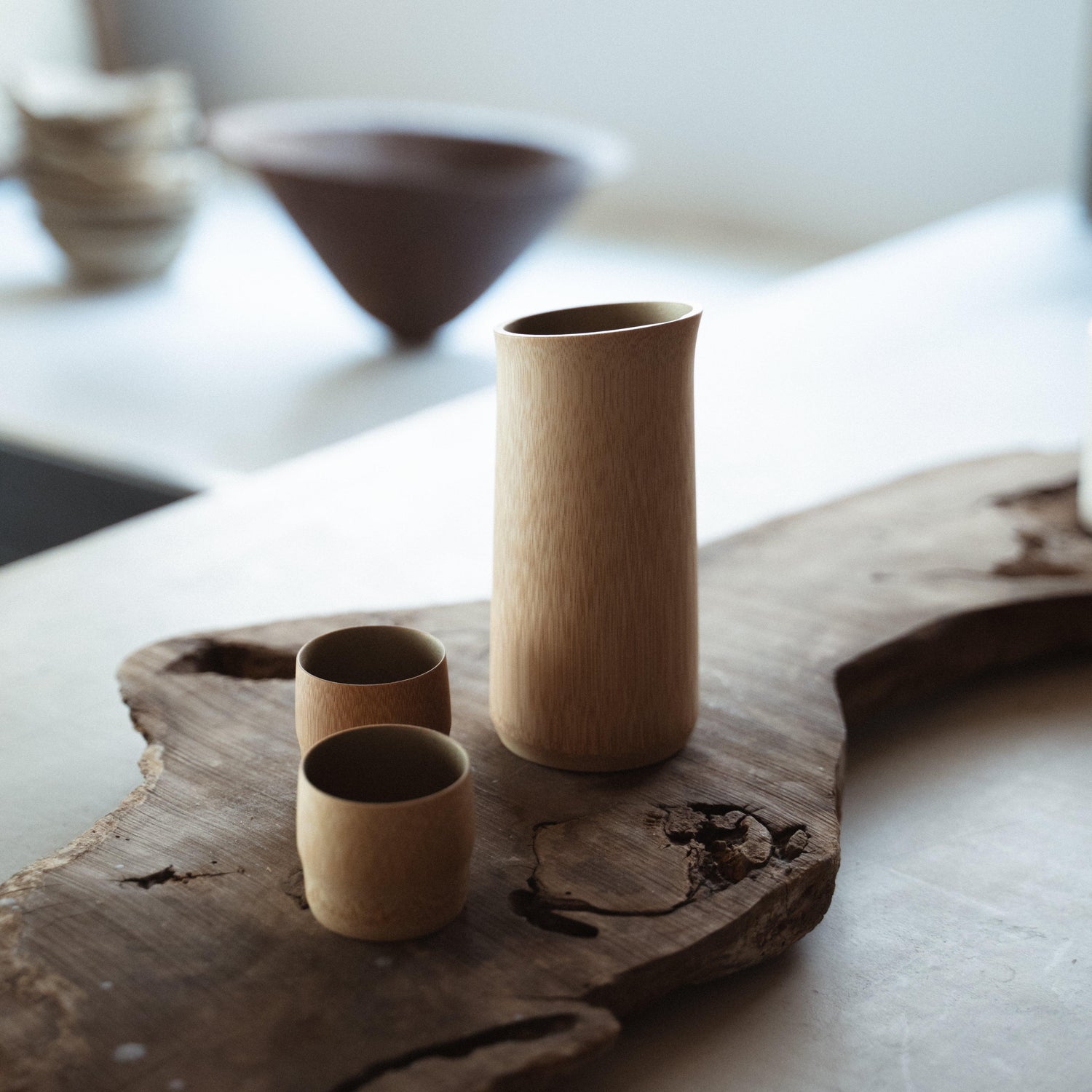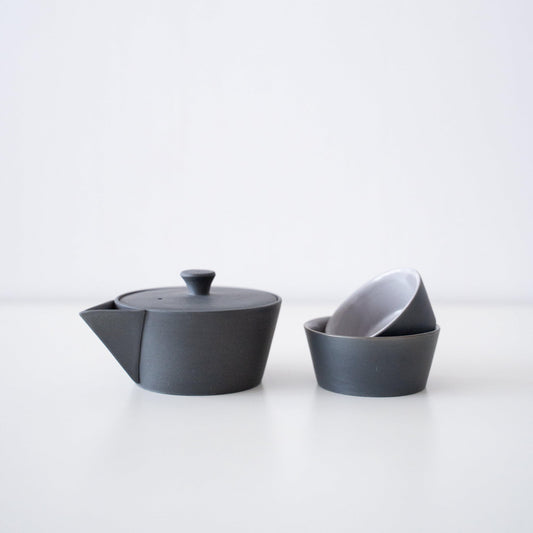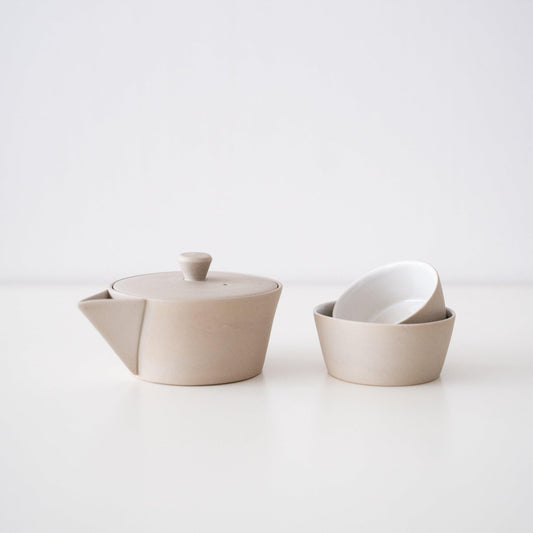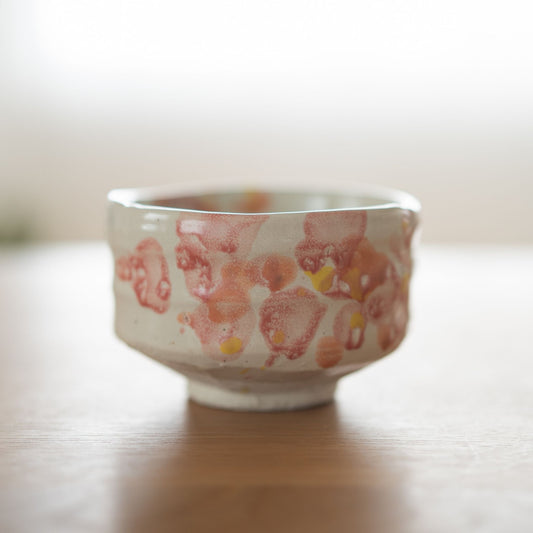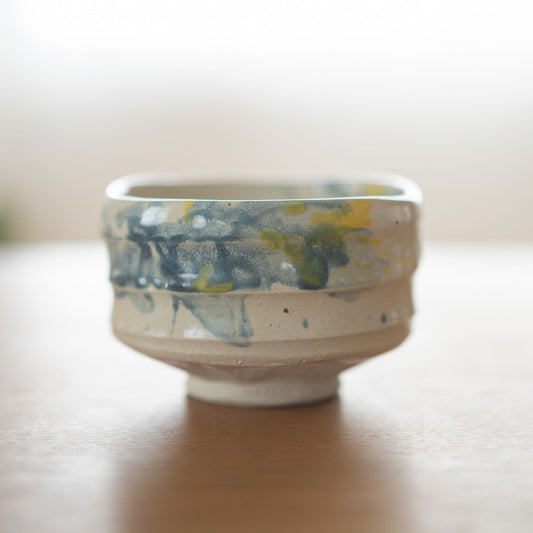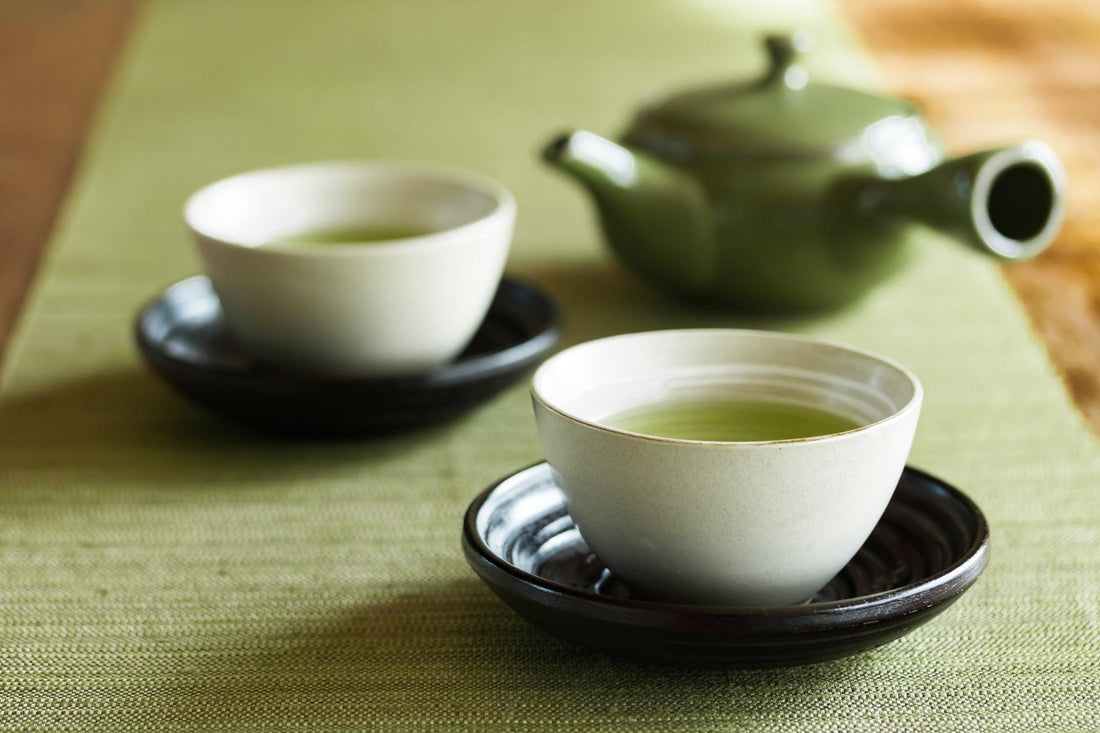
Discovering the Diversity and Tradition of Japanese Tea: A Comprehensive Guide
Share
Table of contents
Overview and Production Methods of Japanese Tea

Japanese tea is known for its diversity and delicate flavors, with green tea being the predominant type. The flavor varies depending on the production process, which typically involves steaming, rolling, and drying the freshly picked tea leaves. Particularly, Japanese green tea is distinguished by its "steaming process" from green teas of other countries, giving it a unique taste and color. The steaming method involves briefly steaming the leaves before rolling to prevent oxidation and retain a vivid green color.
Types and Characteristics of Japanese Tea

There are various types of Japanese tea, including Gyokuro, Sencha, Matcha, Hojicha, and Genmaicha. Gyokuro is known as a high-grade tea with a strong sweetness and umami, achieved by shading the tea plants from direct sunlight before harvest. Sencha, the most common type of Japanese tea, is characterized by its refreshing taste. Matcha, which is ground tea leaves, is often used in tea ceremonies and offers a rich flavor. Hojicha is distinctive for its roasted flavor, achieved by roasting the tea leaves. Genmaicha is made by adding roasted brown rice to green tea, creating a unique aroma and taste.
Japanese Tea and Its History

The history of Japanese tea dates back to the Nara period, believed to have been introduced from China. It spread throughout Japan during the Kamakura period, thanks to Zen monks, with regions such as Uji and Kagoshima becoming famous for their tea production. During the Muromachi period, the tea ceremony developed and established itself as a unique Japanese cultural practice. The tea ceremony was valued not just as a beverage but as a spiritual discipline and a social occasion, deeply ingraining itself into Japanese life.
Tea Ceremony Utensils and Their Use

In the tea ceremony, various utensils are used for preparing tea. Key items include the tea bowl (chawan), tea whisk (chasen), and tea scoop (chashaku). The tea bowl is used for drinking Matcha and comes in various shapes, colors, and patterns, reflecting the season or the user's preference. The tea whisk, made of bamboo, is used for frothing the Matcha. The tea scoop is also made of bamboo and is used for transferring Matcha into the tea bowl. Through these utensils, the deep aesthetic and spiritual aspects of the tea ceremony are expressed, bringing tranquility and calm to the participants.
Japanese tea and the tea ceremony transcend mere beverages or rituals; they reflect a culture infused with aesthetics and philosophy. The unique flavors of each type of tea and the diverse beauty and personality of the tea ceremony utensils remind us to take a moment of relaxation amidst our busy lives. Why not enjoy tea for your own rest or to show hospitality to someone important to you?


